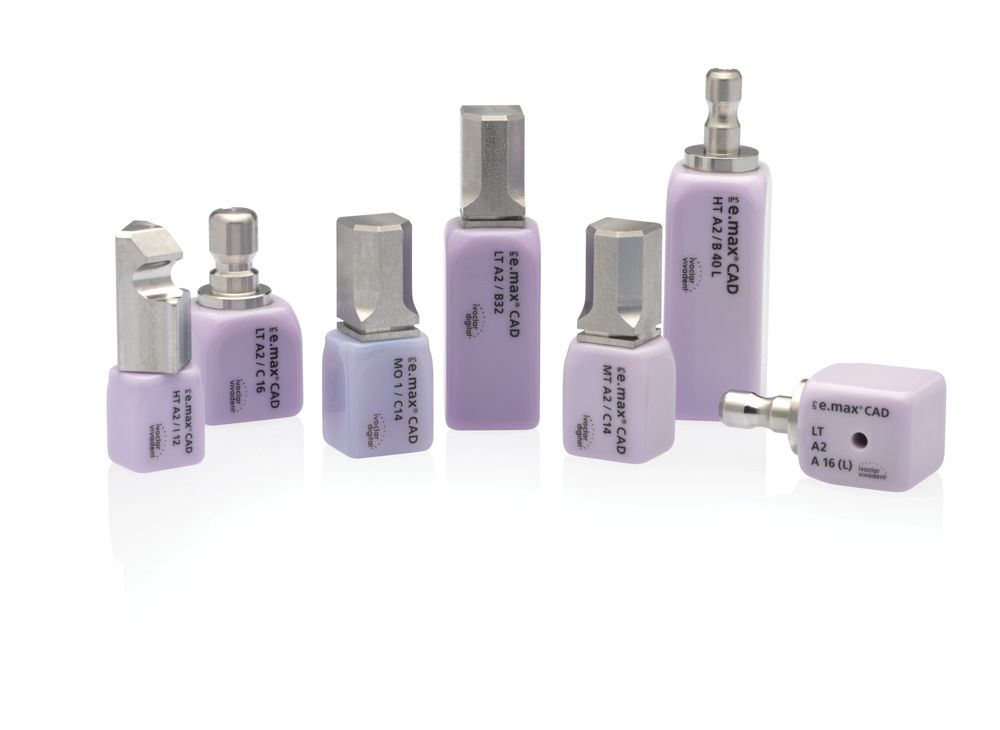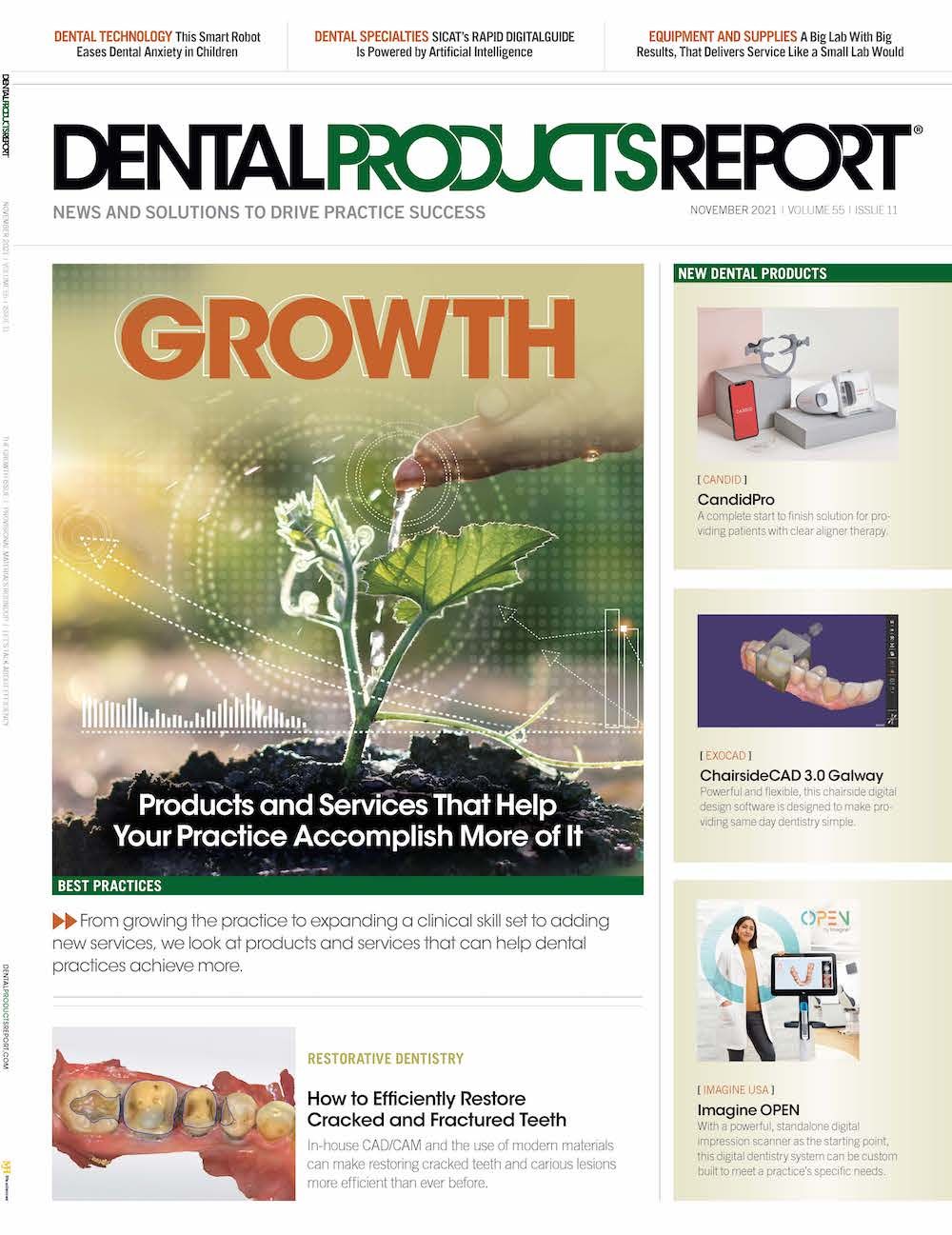Cracks and fractures associated with amalgam restorations are commonplace in general dental practice. This is especially true if there is a significant loss of tooth structure. Every dentist sees this on a day-to-day basis.
IPS e.max
These dental materials help to create restorations in a predictable, esthetic, and efficient way for a variety of cases. Combined with the hybrid ceramic material Tetric CAD, e.max is a complete restorative process.
Ivoclar Vivadent
716-691-0010 | ivoclarvivadent.com
Many of these teeth are structurally compromised, and it is common to find evidence of carious lesions beneath these cracks. It is also common to find carious lesions in the adjacent teeth, mesial or distal to the cracked tooth, especially if the cracks run interproximal to each other.
An adhesive, conservative approach is the ideal method
of restoring these teeth. With in-house CAD/CAM, we can achieve this with a better fit and fewer visits and much more efficiently than ever before.
Ivoclar Vivadent is a global leader in dental materials. With the advent of modern ceramics and hybrid materials, we can treat cracked teeth and carious lesions better than ever before. IPS e.max pioneered this progression and became instrumental in the movement away from porcelain-fused-to-metal (PFM). Tetric CAD, a hybrid ceramic material, complements e.max perfectly. It is fast to mill and easy to process and can be utilized alongside e.max for inlays and onlays.
This patient presented with a classic representation of the “murder house” days—a quadrant packed full of amalgam fillings, many with surrounding cracks and underlying carious lesions.
The plan was to place 4 indirect restorations, all done in a single visit. The first premolar and second molar were restored with milled inlays using IPS Tetric CAD. The second premolar and first molar were restored with full coverage restorations using IPS e.max CAD.
Although many materials are coming on the market, there is only 1 gold standard until proven otherwise. IPS e.max CAD is my material of choice for 90% of my single-unit ceramic restorations. It is backed up by over 15 years of research and it has been incredibly predictable, esthetic, and fit for purpose in our clinic.

